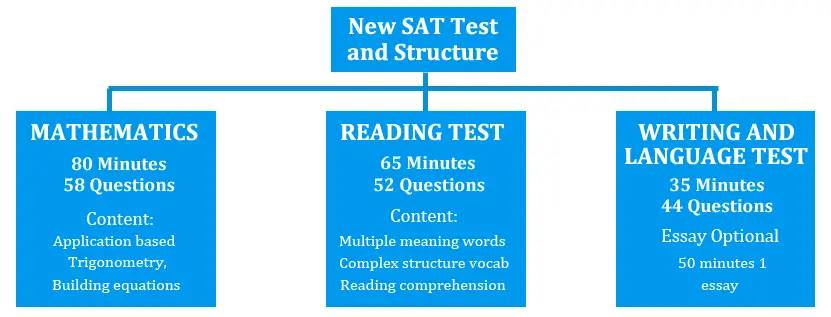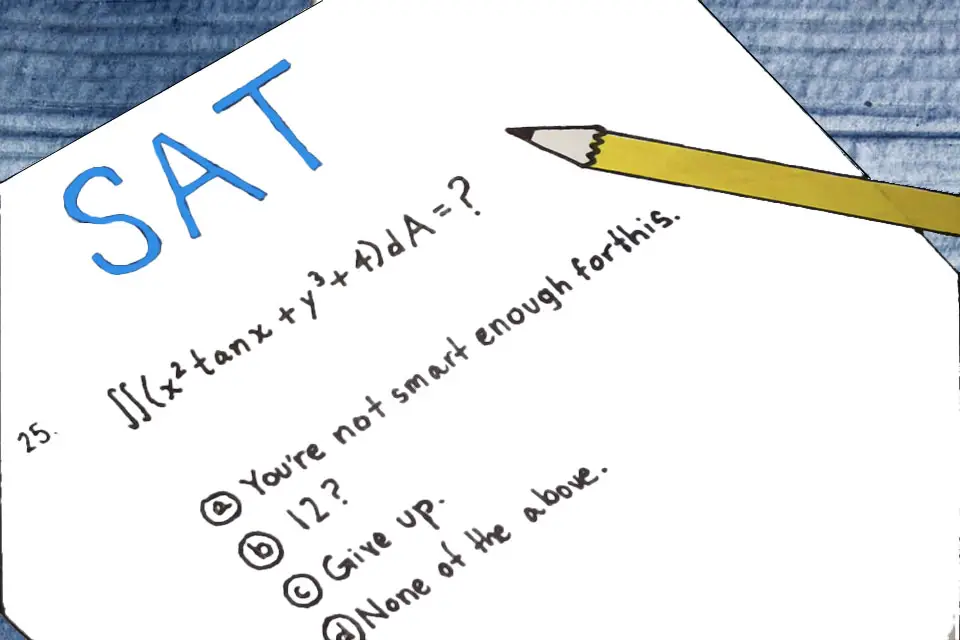A good SAT score does not exist as a unified number. One college requires students to have at least 780 out of 800 for each section, while another university will accept you with 650 points for Math and 680 for EBRW. So, it’s more applicable to refer to a good SAT score for you attempting to enter this or that college –– and with each college, your “good” will change.

Nonetheless, some metrics can give you an approximate understanding of your SAT success. These numbers allow you to compare yourself with other SAT-takers and see how well you perform. They are average, percentile, and benchmark. Let’s look at each of them in more detail, but let’s start with the test structure.
SAT Structure
The test comprises two sections: Math and EBRW. The first one tests your math knowledge, while the second –– Evidence-Based Reading and Writing –– assesses your reading and writing mastery. Each section is scored separately from 200 to 800 points so that the total score will be 400–1600 marks. However, the total score is just a generalized number that gives an overall understanding of a student’s success. Still, every university or college set the admission scores for Math and EBRW separately.
Average Score
SAT results include the National average SAT score. This number is calculated across the country every year. It is called the National average composite SAT score, and it depends on the number of US students who take the test in one year. Since the formula summarizes the total results of all SAT-takers, the average number is quite vague –– in terms of comparing your results to it. Yes, being above the average opens the first door of many –– on the way to your college admission. And a lot depends on the SAT results your college accepts.

Percentiles
In terms of comparing your results to others, the percentile is the best metric. At first, it can be a bit tricky to understand that a 50% percentile does not mean you answered half of the SAT questions correctly. Nor it means you got 50 correct answers out of 100. Here, the logic is a bit more twisted, and the best way to explain it is to show an example.
Let’s assume your SAT User percentile is equal to 67, with a total score of 1150. This means that you performed better than 67% of students who attempted SAT through 2019-2020. And, on the other hand, you belong to 23% of students who did so well. As your score grows, the percentile does, too, showing how many people you left behind. Like, with 90th percentile and 1340 marks, you join the golden 10% of best students in 2020.
In your test results, you will also see nationally representative sample percentiles that usually slightly different from the actual data. Those are estimated weighted numbers that derive from a research study of 11th and 12th-graders. As actual percentile refers to last year’s data, your result is somewhere between the two percentile numbers.
SAT Benchmark
In your SAT results, you will see a colored scale and a benchmark. This number is set separately for both EBRW and Math sections. They show the scores that will most probably let you succeed in college during the first semester. Well, the word “succeed” here means that a student with an SAT score equal to or higher than the benchmark will get a C in the related subject –– however, with a 75% probability.
The College Board –– SAT owners –– explain that a C grade is a minimum a student needs to move forward in college. And they also claim that 75% is quite a high probability, ensuring that a student is ready for an undergraduate academic program and will succeed in the related subjects.
Math-related subjects are statistics, algebra, calculus, and pre-calculus. Being above the benchmark for Evidence-Based Reading and Writing promises success in social science, literature, writing, or history.

Good Match for Your Score
You can choose two tactics for managing your college application. First is when you pick up colleges you want to study at, research how many marks they require and target the acceptance score while preparing for your SAT. Usually, most schoolers do it this way. And it’s great that the College Board system offers to monitor the preparation for college from the 8th grade. And, you can even save a little, stating four colleges that you want to receive your SAT scores –– and do that free of charge.
However, sometimes it’s safer to send your when you know your SAT score –– even though it will cost you more. This option also allows you to be more confident in the colleges you aim at: you can compare their minimal requirements towards your section scores.
Check College Policy
It’s fantastic that the College Board lets you pass your SAT seven times a year and keeps the result of every attempt in its database. And the chosen result can be sent to your target institution, provided both sections were tested the same day. This means that if you got 650 for EBRW and 710 for Math in April, and 600 for EBRW and 750 for Math in May, you cannot submit the most advantageous combination of 650 and 750 –– as those scores are from different exam days.
But before you enjoy the control of sending the best results, double-check whether your action complies with a college admission policy. Some colleges allow showing them only your best results, while others can ask you to send them other results too –– promising to leave this information for special occasions. But please note that some colleges oblige you to share all your SAT attempts, even with minimal scores.
To Sum It Up
When it comes to checking good SAT results, students need to remember that they only need to get scores good (acceptable) for their colleges of interest. However, percentiles, benchmarks, and average scores can be a decent tool to estimate your performance.
